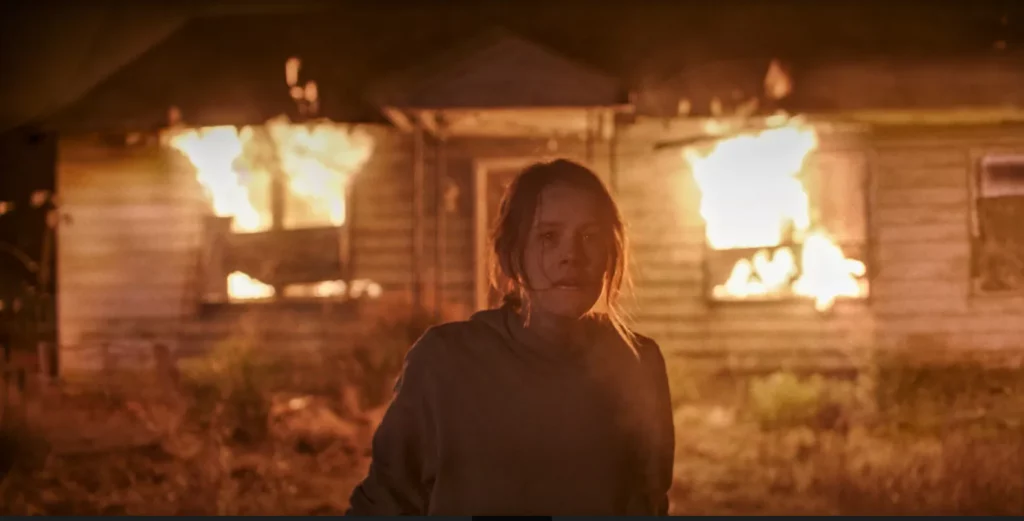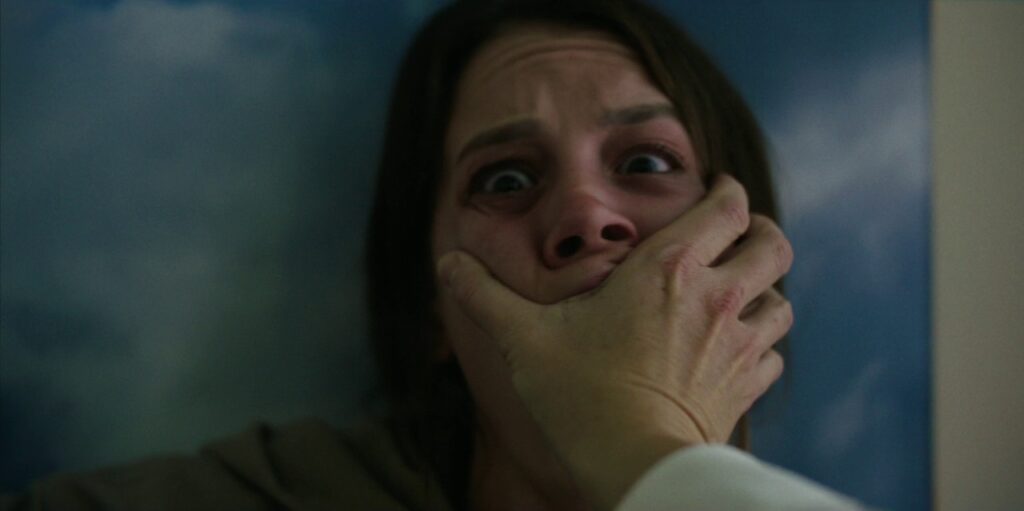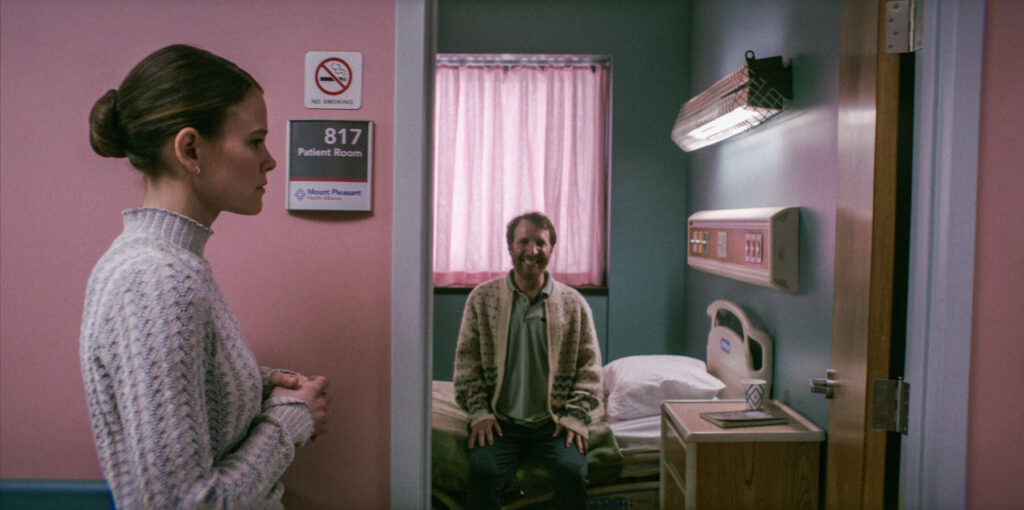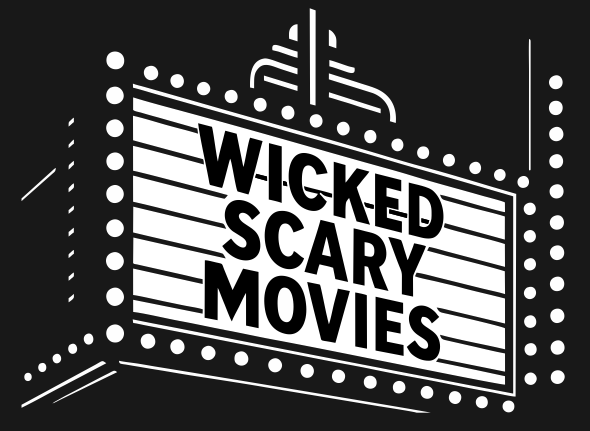As TikTok exchanges Y2K fashion for the Tumblr indie style of the late 2000s and early 2010s, so too are horror movies returning to those years. Smile shows its influences in its formulaic plot line and penchant for jump scares, but is elevated by a light commentary on mental health and an overwhelmingly tense atmosphere.

Smile’s plot is quite simple: Dr. Rose Cotter (Sosie Bacon) is a committed (read: workaholic) hospital psychiatrist working a long shift when a PhD student who is seemingly experiencing psychosis is admitted to the ER. The woman is petrified, yet still frustrated that no one believes her story. Since witnessing the suicide of a professor, she says, she has been haunted by something that can take the form of a stranger or a loved one and only makes itself known with a dread-inducing smile. The woman then takes her own life in front of Dr. Cotter, which causes the curse—it’s real, of course—to spread, forcing her and those around her to wrestle against the unknown and the difficulty of seeing a loved one appear to lose touch with reality.
The concept of the film isn’t entirely new. The Japanese Ringu (1999) and One Missed Call (2003); their American remakes The Ring (2002) and One Missed Call (2008) and the slightly more recent It Follows (2014) all involve a deadly curse being passed from person to person. (Much to my chagrin, many reviewers on Letterboxd have complained that Smile has stolen the plot of It Follows without acknowledging the films that came before it.) Smile is simply the latest film to use a plot device that was common 10–20 years ago. Director Parker Finn makes these roots clear by playing up the jump scares the movies from that era are particularly known for. Even the slightly shoddy acting by the supporting cast, whether intentionally or not, links this film to its predecessors.

Smile doesn’t feel like a remake of any kind, nor does it feel stale. Despite borrowing from previous films, it still thrills. The jump scares are particularly effective thanks to some excellent practical effects work, and the score does something on the subconscious level to raise your heart rate; Cristobal Tapia de Veer’s work is subtle enough not to distract, but powerful enough that you may just find your eyes watering from the relentless impact it has on your nervous system. At the end, Smile comes to a visual crescendo with a chilling and haunting shot of Rose’s jaw unhinging for the entity to crawl inside of her and assume control. Sosie’s acting must be commended for really drawing the audience in and forcing us to confront the idea of being unsafe anywhere and feeling that we are unsafe for others to be near.

The film’s commentary on mental health is a tad reductive. The clearest message is that trauma and mental health issues are related; the film depicts this as a pattern of someone witnessing a suicide, being haunted, and ultimately committing suicide themselves. More powerful, though, and an aspect that contributes to the film’s tension, is its depiction of the poor treatment of the people suffering these unearthly experiences. When Rose begins seeing terrifying visions, her fiancé (Jessie T. Usher) not only refuses to believe her, but explains that, before their relationship got serious, he researched her family history of mental illness—her mother committed suicide, and he’s worried he’s going to have to assume the burden of a partner’s mental illness. Her sister (Gillian Zinser) also puts up boundaries, fearing how Rose’s mental state may affect her own child—though this is on some level more understandable given her experiences with their mother throughout her youth. Rather than receive any compassion, Rose was made to feel like a burden and was isolated. And, of course, each of these people commits suicide with a giant, unnatural smile plastered on their face, drawing attention to the way that many suffer silently.
By the end of Smile I was sweaty-palmed and, I realized with surprise, on edge. After seeing hundreds of horror movies I’m not easily scared.. But Smile is relentless in its oppressive atmosphere; I could only pull my hands away from my eyes for a few minutes at a time. The plot itself isn’t anything new or special; it’s pretty easy to predict what’s coming next. The messaging is only waist-deep, though it is effective. But ultimately it is the pure anxiety this film induces—and the nostalgic flavor it provides—that make it worthy of a watch.

